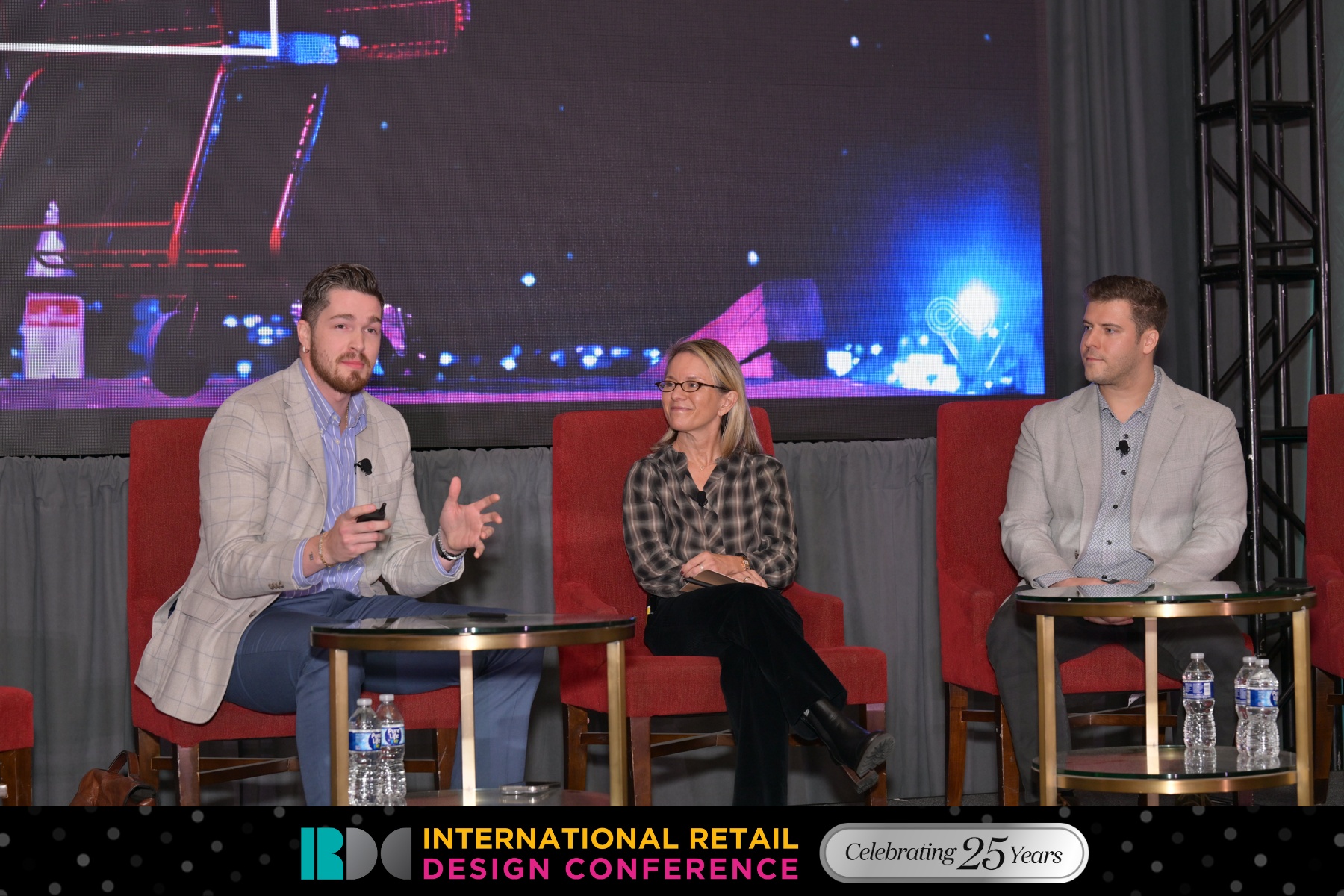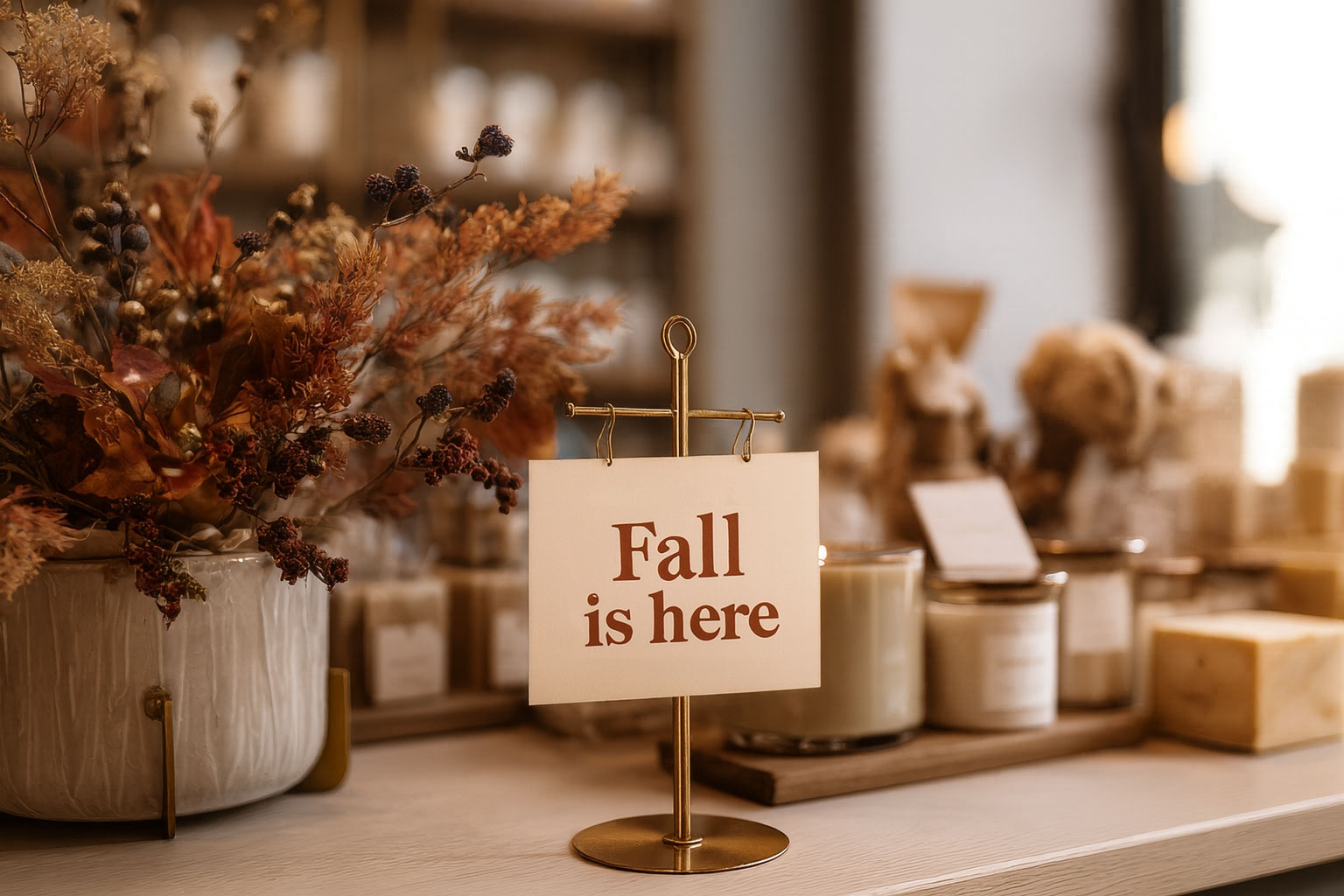The retail landscape has been profoundly changed by the COVID-19 pandemic. Consumers not only shifted their behavior; they also shifted their location. The mass exodus to the suburbs resulted in a change in strategy for many brands, who focused on creating local, neighborhood stores. This created a vacuum in many cities as retailers followed consumers, but the resulting decrease in lease costs has opened the door for international brands to stake their claim.
The Urban Opportunity: Lower Cost, Higher Potential
There has been an influx of international brands establishing flagship stores in American cities, particularly in areas where retail leases have become more affordable. The pandemic-driven migration of consumers to the suburbs left many urban retail spaces vacant or underutilized, creating new opportunities. International brands have seized this opportunity to introduce their brands to American consumers, establishing flagship stores in prime urban locations, and recognizing the potential to connect with a diverse and affluent customer base.
SoHo – The Hot Spot for International Brands
SoHo, New York’s vibrant district known for its blend of high-end boutiques and trendy shops, has become a hotspot for international flagship stores. Four prominent brands have opened flagship locations in SoHo this year alone, each bringing unique offerings to the bustling neighborhood. The flood of international retailers to SoHo has resulted in retail occupancy 84% higher than before the pandemic.
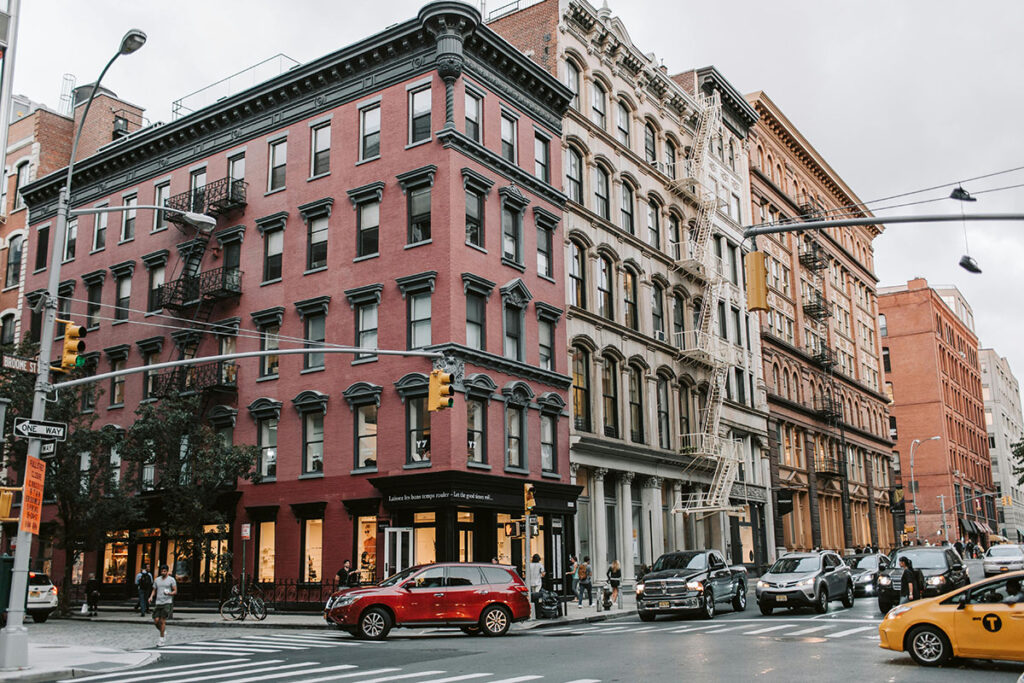
GU, a clothing brand that sells trendy and basic clothing for millennials and Gen Z, operated a pop-up in SoHo that closed on July 31, 2024. In an Instagram post, they said, “Thank you so much for shopping with us!💙 We can’t wait to see you again this fall in a BIGGER store right across the street!” The flagship store, which opened in fall 2024, features men’s and women’s clothing on two floors on Main Street in SoHo.
In 2022, Toteme, the Swedish apparel brand, launched a 7,700-square-foot retail space at 49 Mercer Street in SoHo. The store showcases the brand’s minimalist and elegant fashion collections. “SoHo is so special,” said Karl Lindman, cofounder and chief brand officer of Toteme, referring to the store’s interior. “We wanted to keep that sense of space and character and we also wanted to reflect our signature codes of the brand and Swedish heritage. Everything here is designed by us or they’re Swedish design classics.”
Eataly, an Italian restaurant and store that got its start in Torino, Italy, opened a flagship store in the Flatiron district in New York. The store offers a variety of Italian foods, fresh pastries, and an in-house restaurant serving authentic Italian dishes. SoHo marks their third location in the city.
“We are very proud to expand our presence in New York City with a third store and to open in such an incredible and iconic neighborhood as SoHo. North America is the focus for expansion over the next five years, and we are actively pursuing several initiatives throughout the territory, from increasing the floor space of our flagship store in the Flatiron district to actively seeking new locations in Manhattan and throughout the United States and Canada,” says Tommaso Brusò, CEO of Eataly North America.
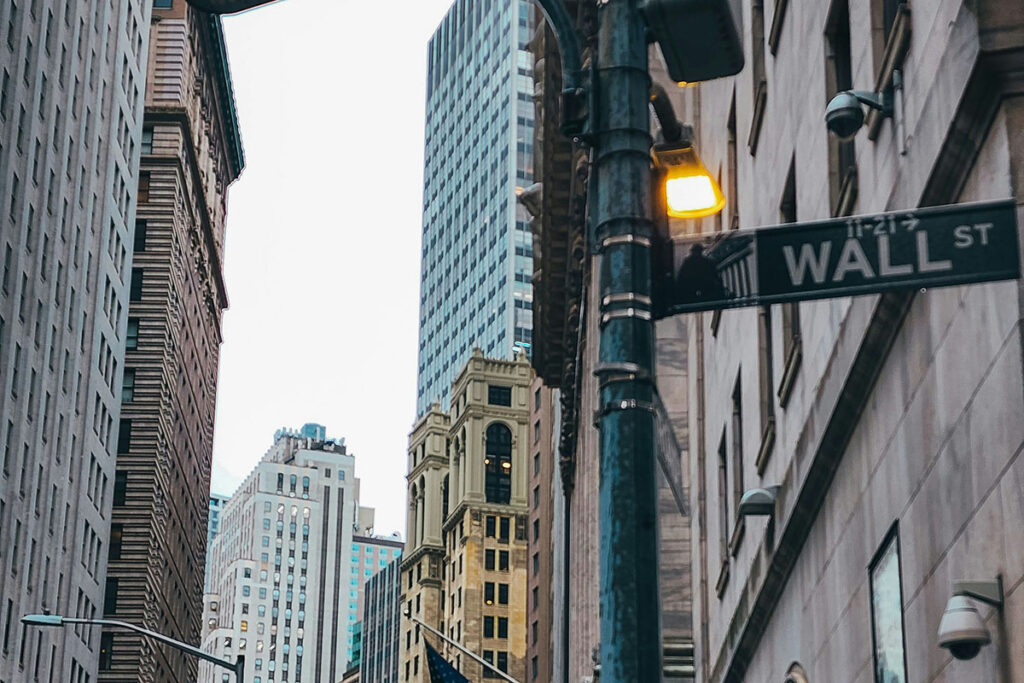
It’s Not Just SoHo Drawling International Brands
One Wall Street is the new home of Printemps, a French department store chain that sells luxury, fashion, beauty, and lifestyle products, in the NYC financial district. Originally slated to open in spring 2024, the company pushed its launch to spring 2025. The location offers “new and exclusive” food options.
In their official announcement, they said, “Like it did in Paris over 150 years ago by opening in Boulevard Haussmann, a neighborhood then in transformation, Printemps has chosen the iconic One Wall Street address in the Financial District. The already dynamic area has become more residential, experienced an increase in diverse businesses moving to the neighborhood and is one of the most important tourist destinations in the city, welcoming local and international tourists alike.”
LuisaViaRoma opened an 11,366-square-foot flagship store in Manhattan as well as a 2,217 square-foot private level “reserved as a shopping floor for VIP clients, who can enjoy access to special product catalogs, exclusive benefits as well as concierge styling services.”
CEO Tommaso Andorlini said, “We are excited to debut LuisaViaRoma’s first U.S. store at 1 Bond Street, NYC. This new multi-brand flagship services our global clientele with a high-touch, in-person shopping experience. While our digital platform continues to deliver best in class, around-the-clock service, LuisaViaRoma New York sets the new standard for modern luxury retail in the city with its product offering and physical experience.”
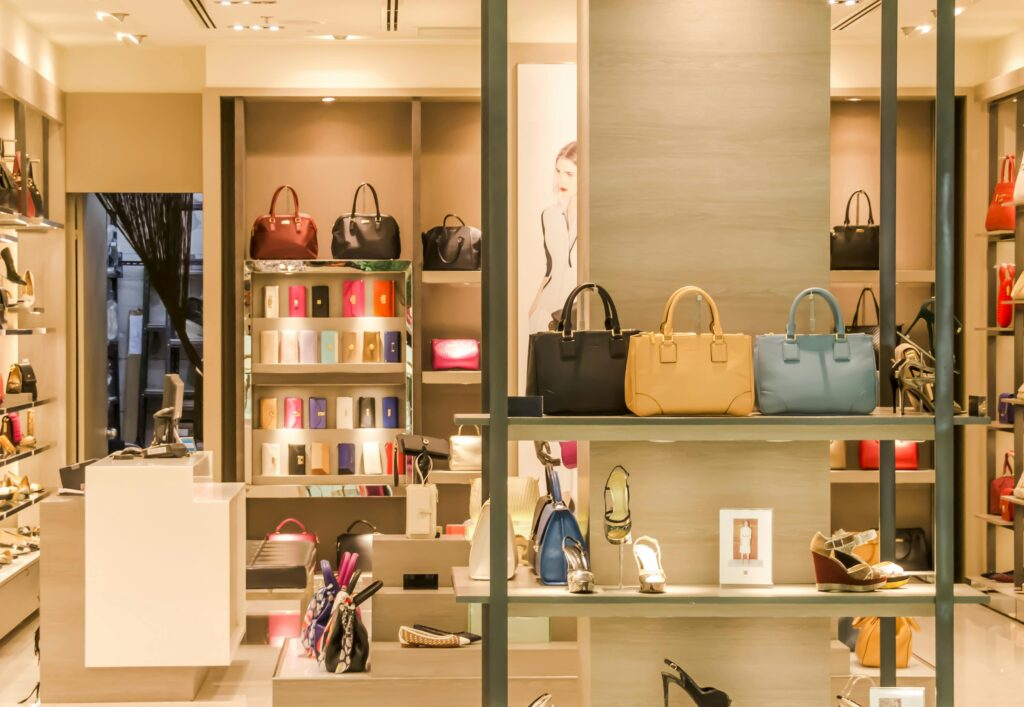
International DTC Brands Make the Move to the U.S. Market Too
Beauty brands may face unique challenges entering the U.S. market. But Estée Lalonde, founder of British body care startup Mirror Water, explained to Independent Beauty why it’s such an important opportunity:
“The opportunity is just so big in the U.S. and the opportunity to scale is just so much easier. In the U.K., it’s small, and when people shop they really think about it. They look at your product, they go home and they might forget about it. It’s just different in the U.S., the customer is so eager to try new things and they love wellness and beauty. So for me, it was just a bit of a no-brainer.”
While Mirror Water started as a DTC brand, the strategic focus is “securing brick-and-mortar partners in the U.S. rather than beefing up its online presence.” Currently, consumers can find their products at The Well in New York City.
Why International Brands Are Coming Now
Consumers continue to prefer the in-person shopping experience, and there is simply no better experience than stepping foot inside a brand’s flagship store. According to PWC, 61% of consumers prefer to see and try on products before they decide to make a purchase. But it’s more than that, said Byron Carlock, PwC’s U.S. real estate practice leader, “Consumers are seeking retail ‘experiences’ over simple purchase transactions, which is inspiring landlords and retailers to collaborate on making the destination more enjoyable, convenient, and memorable.”
With SoHo being the most sought-after neighborhood in New York City, lease costs will no doubt reflect the popularity of the area as the city makes a comeback in retail. But the convergence of consumer demand for in-store experiences, the desire for international brands to penetrate the U.S. market, and the depressed post-pandemic lease rates have certainly made it a space to watch.




